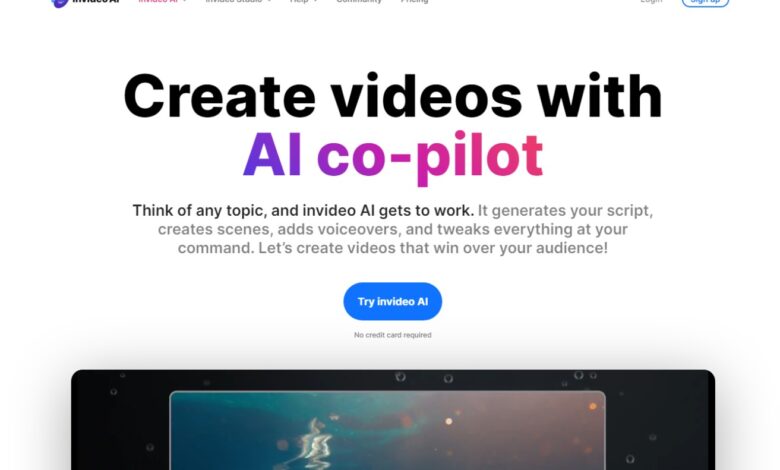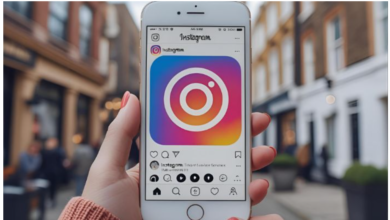Beyond the Canvas: AI’s Influence on Digital Art and Virtual Reality Experiences

The intersection of Artificial Intelligence (AI) and art has revolutionized creative industries, pushing the boundaries of what is possible. Digital art and virtual reality (VR) experiences have become richer, more immersive, and more dynamic thanks to AI-powered tools. This transformation is reshaping how creators and audiences interact with artistic content, making it an exciting time to explore these advancements.
The Evolution of Digital Art with AI
Digital art, once limited by the capabilities of software, has undergone a dramatic evolution with the integration of AI. Artists now have access to tools that not only simplify their workflow but also introduce new creative possibilities. AI can assist in generating patterns, designing intricate visuals, and even creating unique artworks from scratch.
How AI Enhances Creativity
AI empowers artists by automating repetitive tasks and offering fresh perspectives. For example, it can analyze thousands of existing artworks to suggest styles or color palettes, enabling artists to experiment without constraints. This collaborative dynamic between human creativity and AI algorithms fosters innovation in the art world.
Expanding Accessibility in Art
One of the most significant impacts of AI on digital art is its ability to democratize creativity. Tools powered by AI are increasingly user-friendly, making digital art accessible to individuals with little or no formal training. Artists can experiment with advanced techniques using intuitive platforms, thereby lowering entry barriers.
Virtual Reality: A New Frontier for Art and Immersion
Virtual reality, with its ability to transport users to entirely new worlds, has found a natural ally in AI. Together, these technologies are creating experiences that are as interactive as they are immersive, redefining how art is consumed and experienced.
AI in VR Environments
AI plays a crucial role in shaping VR environments by making them responsive and adaptive. From dynamic lighting adjustments to interactive elements that respond to user actions, AI enhances the realism and engagement of VR experiences. This synergy is particularly valuable in creating virtual galleries, allowing users to explore art in ways previously unimaginable.
Storytelling in Virtual Reality
AI-driven storytelling has transformed VR from a passive viewing experience into an active, participatory journey. By analyzing user behavior and preferences, AI can tailor narratives, making each VR experience unique. Artists and developers are leveraging this capability to craft deeply personal and meaningful interactions.
Microsoft Co-Pilot Training helps users harness the power of AI to boost productivity in Microsoft 365 apps like Word, Excel, and Teams. This training covers key features, practical applications, and best practices to streamline workflows, automate tasks, and enhance collaboration. Whether you’re a beginner or an advanced user, mastering Microsoft Co-Pilot can significantly improve efficiency and decision-making in your daily work.
Practical Applications of AI in Art and VR
The real-world applications of AI in digital art and VR are as diverse as they are innovative. Let’s explore a few examples:
1. Digital Art Creation
AI tools are now integral to creating stunning visual pieces. For instance, an AI art generator can craft intricate designs, helping artists explore concepts more rapidly. These tools are not just limited to static art but also extend to dynamic and generative art, where visuals evolve over time.
2. Virtual Art Exhibitions
Traditional galleries and museums are embracing AI and VR to create virtual art exhibitions. These digital spaces allow global audiences to experience art without geographical limitations. AI enhances these exhibitions by curating personalized tours based on visitor preferences.
3. Immersive Learning in VR
In the education sector, AI and VR combine to offer immersive learning experiences. Students can explore art history by virtually stepping into famous paintings or interacting with 3D reconstructions of iconic sculptures.
4. Film and Animation
AI is revolutionizing storytelling in film and animation. With tools that assist in scriptwriting, character design, and even scene rendering, creators can bring their visions to life faster. An AI video app simplifies video editing and production, enabling filmmakers to focus on creativity rather than technicalities.
Challenges and Ethical Considerations
While AI’s contributions to digital art and VR are transformative, they also raise important questions. Addressing these challenges is crucial for fostering a balanced and ethical integration of AI in the creative realm.
Intellectual Property Concerns
As AI-generated art becomes more prevalent, questions about authorship and ownership arise. Who owns the rights to a piece of art created with significant AI involvement—the artist, the developer of the AI tool, or both? Establishing clear guidelines is essential to navigating this complex issue.
The Role of Human Creativity
There is an ongoing debate about the role of human creativity in an AI-driven world. Critics argue that over-reliance on AI might dilute the human element in art. Striking a balance where AI acts as a tool rather than a replacement is vital to preserving artistic integrity.
Ethical Use of AI
AI’s potential for misuse extends to digital art and VR. For example, AI-generated deepfakes or manipulative content can have harmful implications. Ensuring that AI is used responsibly and ethically should be a priority for developers and artists alike.
The Future of AI in Digital Art and VR
The future of AI in digital art and virtual reality is brimming with possibilities. As technology continues to evolve, here are some trends to watch:
Collaborative Creation
AI will play an increasingly collaborative role, acting as a co-creator rather than just a tool. Artists and AI systems will work hand-in-hand to push the boundaries of creativity.
Hyper-Personalized Experiences
In VR, AI will enable hyper-personalization, crafting experiences tailored to individual preferences and emotions. This could lead to more meaningful and impactful interactions with art.
Integration with Emerging Technologies
AI will integrate with other cutting-edge technologies, such as augmented reality (AR) and blockchain. This synergy could open up new avenues for creating, distributing, and monetizing digital art.
Expanding the Art Community
With AI and VR lowering barriers to entry, more people from diverse backgrounds will have the opportunity to engage in art creation and consumption, enriching the global artistic landscape.
Conclusion
The fusion of AI with digital art and virtual reality is redefining creativity and pushing the boundaries of what’s possible. From democratizing art to creating deeply immersive experiences, AI is a transformative force in the creative world. While challenges and ethical considerations remain, the potential for innovation is boundless. As we embrace this new era, the collaboration between human ingenuity and artificial intelligence promises to shape the future of art in ways we are only beginning to imagine.



